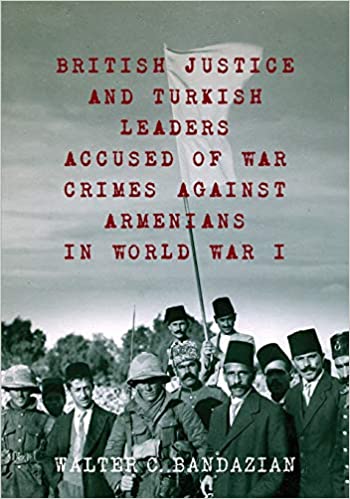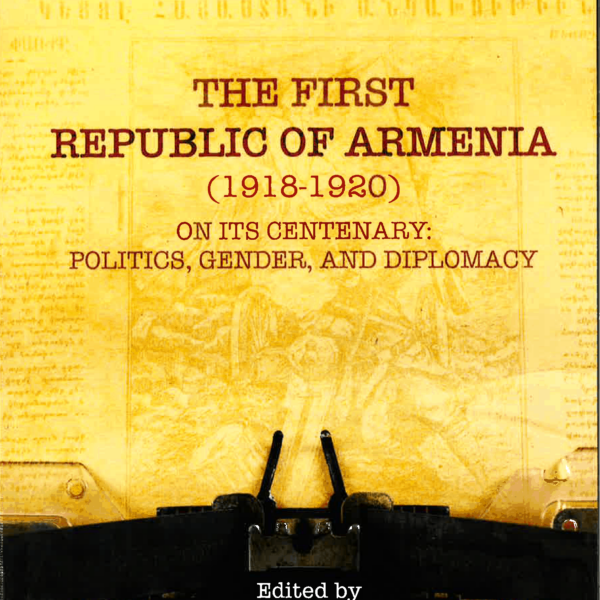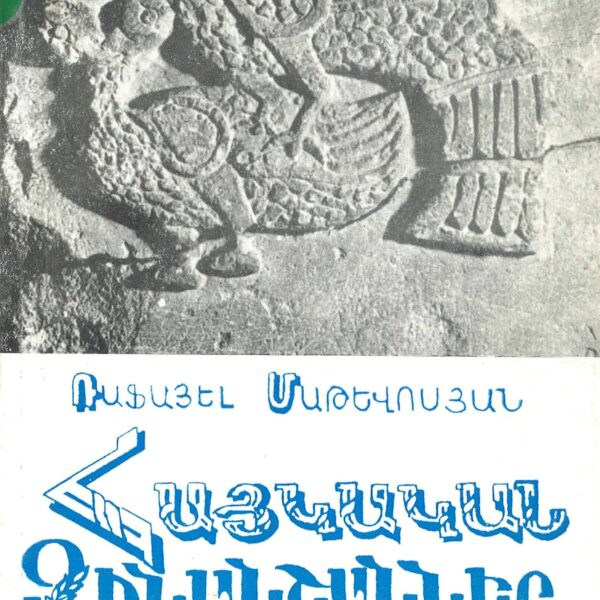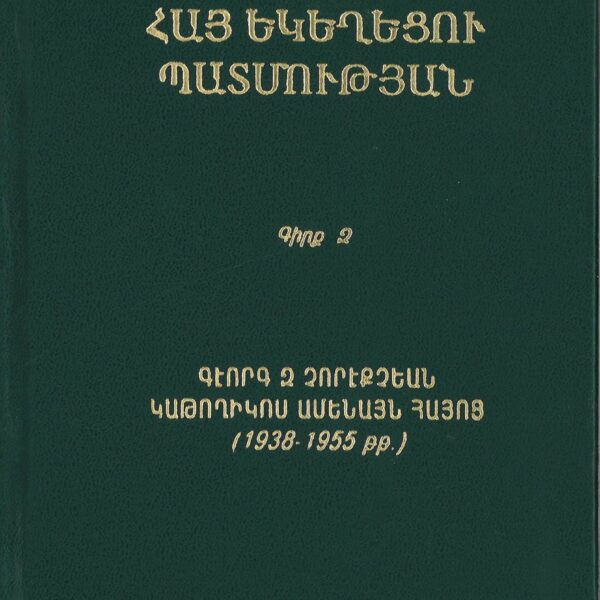| Weight | 1.86 lbs |
|---|
Armenian Constantinople – Edited by Richard G. Hovannisian & Simon Payaslian (softcover)
$65.00
In stock
SKU:
HRE2007-08
Category: History
Additional information
Shipping & Delivery
Shipping and handling will be added when the order is placed.











